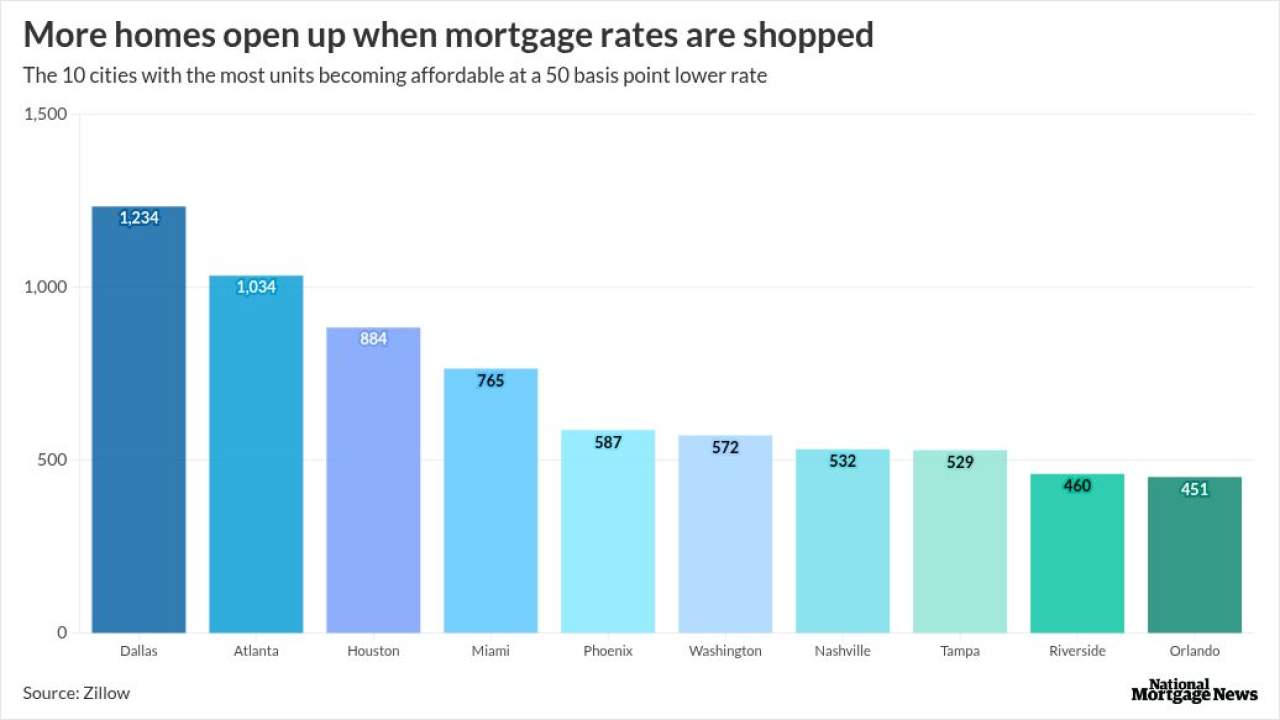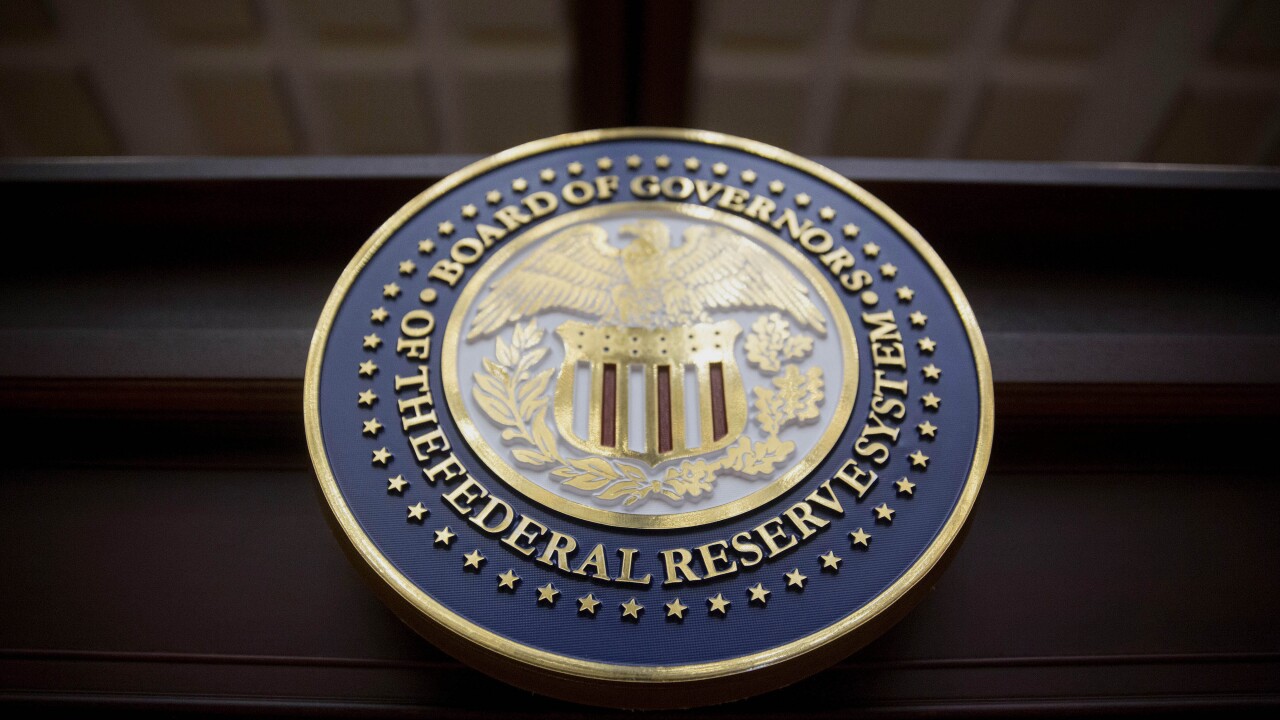In the race to capture home equity line of credit customers, non-bank lenders say they have plenty to offer compared to their larger competitors.
All mortgage players are staring at a
Depositories and credit unions historically dominate the space, and accounted for
"You're not going to go head-to-head with a bank on price, ever," said Phil Crescenzo, a South Carolina-based branch manager with Nation One Mortgage. "We beat them in creativity, we beat them in speed, we beat them in efficiency, we beat them in product strength."
How banks and IMBs originate HELOCs differently
Many banks are putting the loans on their portfolio and can price accordingly, without worrying about the secondary market to fund them, said Jay Plum, head of mortgage at Fifth Third Bank.
"When banks do consider doing different credit tiers, they're going to be a little bit more flexible for existing customers, and that would extend to better credit tiers as well," he said.
Depositories can also offer low or no fees and lower mortgage rates. The banks are motivated to go low to sell customers on additional products; Crescenzo suggested a hypothetical scenario where a bank could offer a HELOC rate of prime-minus-1%, versus an IMB offering a prime-plus-3%.
On the other hand, IMBs could offer niche products versus what a customer's bank is offering. An IMB could stretch its underwriting capacity a bit further, capping a borrower's combined loan-to-value ratio at 90%, whereas bank may only be willing to go to 80%, said Crescenzo.
"If I need to reach a certain goal, I might be more open-minded to slightly higher costs with a more creative product," he said.
The veteran originator also mentioned other flexibilities, such as an IMB loan officer's around-the-clock accessibility when compared to their brick-and-mortar-based counterparts.
Competition on a faster time to originate
HELOC originations could still take over a month to complete, no matter the institution. Some technology oriented lenders have touted offerings that could deliver the lines of credit to borrowers within days.
Figure Technology Solutions, a prolific HELOC originator, also promotes origination costs under $1,000 per loan. The company white-labels its HELOC solution, and Anthony Stratis, the company's vice president of lending partnerships, said he's seen equal enthusiasm for its product from both banks and IMBs.
"I think part of the challenge for [banks and credit unions] is that a loan that doesn't have a balance has no economics in it," he said. "And so utilization is something they definitely look at, or think about how they can pick that up."
The company says its product is fully drawn, and offers a quick solution for consumers eying quick debt consolidation. Stratis added that HELOCs' minimal delinquency figures make the loan attractive in the secondary market.
According to TransUnion, 89% of HELOC borrowers are drawing on their lines of credit within the first six months of originating, while overall 57% of borrowers have used more than 20% of their available credit.
Banks and IMBs have a (mostly) aligned market outlook
The second-lien lending opportunity is largely spurred by homeowners' rising equity, estimated by Intercontinental Exchange to be $17.6 trillion between 48 million homeowners.
While homeowners enjoyed periods of 20% annual growth in the early decade,
"Folks have seen such dramatic increases in values, that it's going to take a pretty big correction for them to change their mind that they don't have available equity," said Plum. "They've got a lot."
Crescenzo suggested some lenders could decide to limit HELOC underwriting in areas where home values are declining, similar to around the time of the Great Financial Crisis, although he's not aware of any industry peers who've done so today.
Lenders also highlighted the nation's rising consumer debt woes — including cumbersome interest rates on credit and auto loans — as more reason to draw on a comparatively attractive HELOC loan. While a recent VantageScore report found credit distress shrinking month-over-month in April,
Stratis pointed to an example of a borrower cutting their 22% interest rate on a credit card in a third with an 8% HELOC.
"Never mind the fact that the terms on an average HELOC are 30 years," he said. "So if your objective is to manage your payment, you can be even more impactful."





